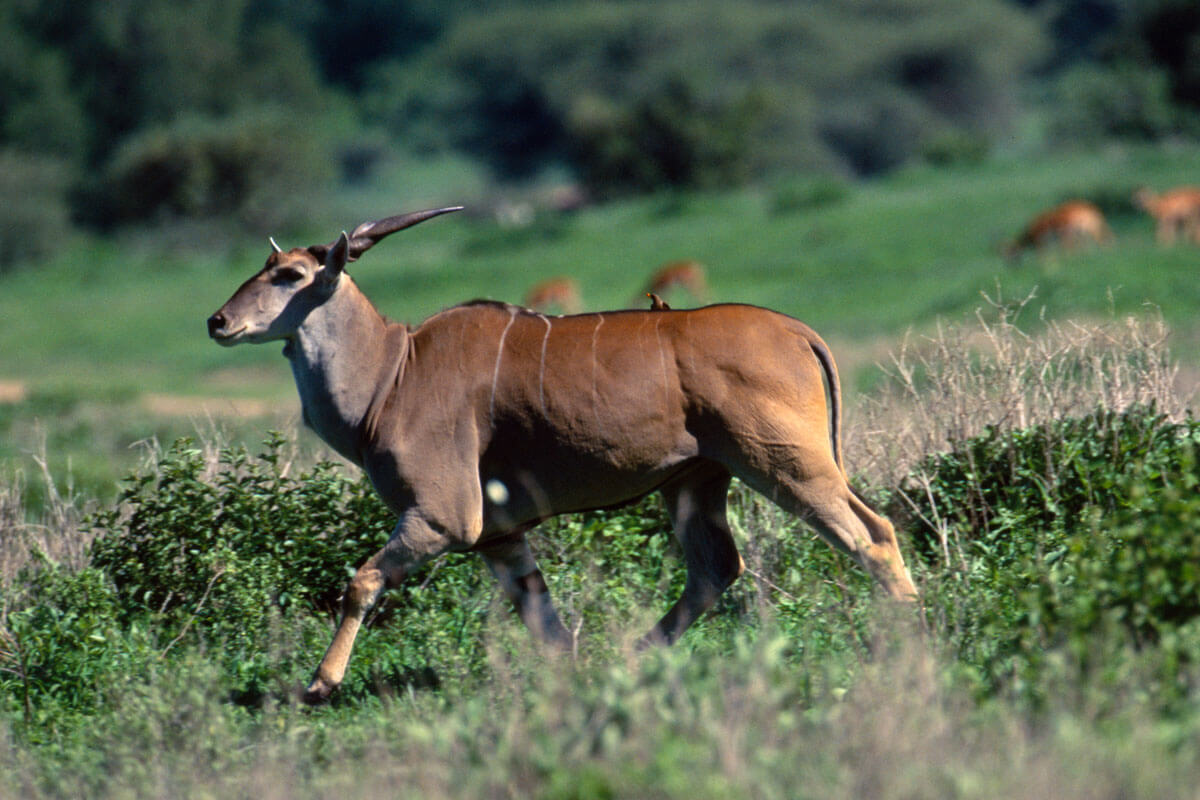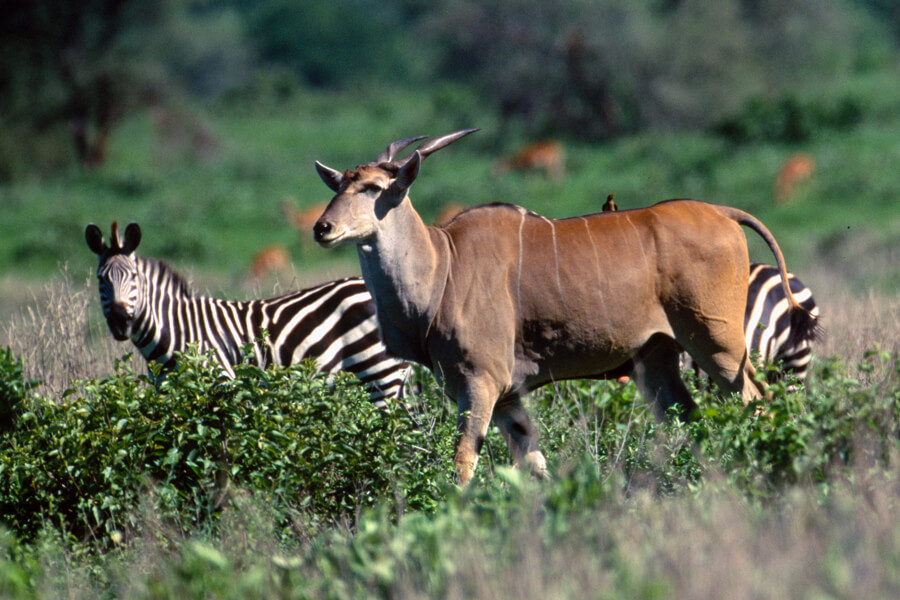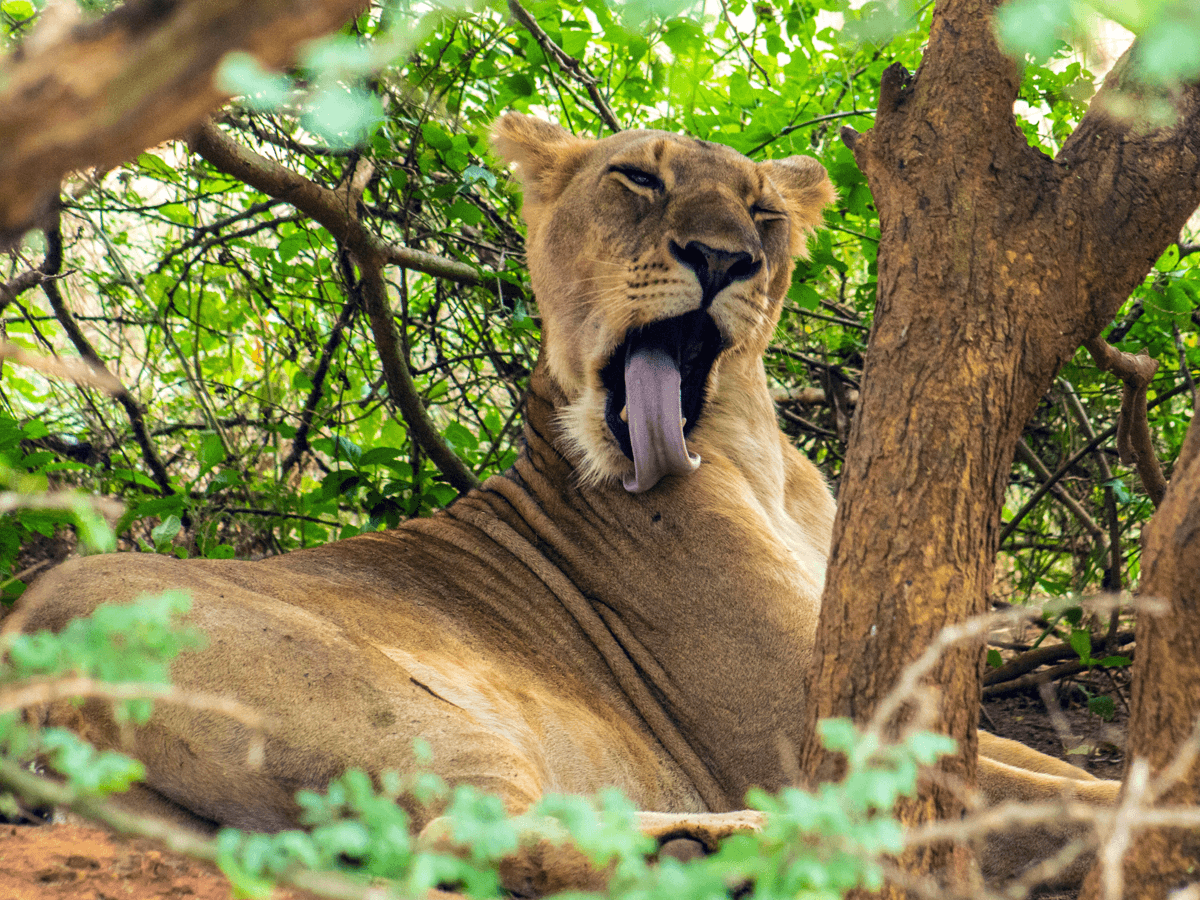The African continent is home to some of the world's most majestic and awe-inspiring creatures, from towering giraffes to mighty elephants. Yet, there is one animal that often goes unnoticed, despite its imposing presence and unique qualities. That animal is the eland, Africa's largest antelope and a true wonder of the natural world.
With its impressive size and strength, the eland is a symbol of resilience and adaptability, thriving in some of the harshest environments on the planet.

In this article, we'll take you on a journey into the world of elands, exploring their fascinating facts and uncovering the mysteries that make them such captivating creatures. From their towering stature to their impressive jumps and remarkable diet, elands have a story to tell, and we invite you to join us as we delve into their world.
Interesting Facts About Elands
1. Where Do Elands Live?
Elands are found in a variety of habitats throughout Africa, including grasslands, savannas, woodlands, and even deserts. They are known for their adaptability and can survive in both wet and dry environments.
2. Can You See Elands In The Wild?
Elands can be found in many national parks and wildlife reserves throughout Africa, including Kruger National Park in South Africa, Serengeti National Park in Tanzania, and Etosha National Park in Namibia. Visitors to these parks can see elands and other African wildlife up close in their natural habitats.
Here are some of the protected areas where elands can be easily found by tourists.
|
|
|
|
|
|
|
|
|
|
|
|
|
|
3. Size And Weight
Elands are the largest antelopes in Africa and one of the largest in the world. They can reach up to 6 feet (1.8 meters) at the shoulder and weigh up to 2,000 pounds (900 kilograms). Generally, female elands are smaller than their male counterparts.
To put this into context, elands are taller than zebras and can weigh as much as a small hippo. Their size and strength are formidable, making them challenging prey for predators such as lions and hyenas.
Related article: Comparing the heaviest African wild animals
4. Are Elands Fast?
Despite their large size, elands are surprisingly fast runners. They can reach speeds of up to 40 miles (64 kilometres) per hour, making them difficult to catch for most predators. While they have impressive speeds for their size, elands are great jumpers.
An eland is capable of jumping up to 2.5 metres (8ft) high when startled from a standing position. Younger elands can jump as high as 3 metres (9.8ft) because they are smaller and lighter.

5. How Do Elands Reproduce?
Elands are polygynous, meaning that males mate with multiple females. During the breeding season, males engage in elaborate displays to attract females, including roaring and neck wrestling.
Females give birth to a single calf after a gestation period of around 9 months. Calves can stand and walk within an hour of birth and are weaned at around 6 months old.
Female elands reach sexual maturity at around 3 years of age while males reach sexual maturity later - between 4 and 5 years. While mating often occurs during the rainy season, it does occur at any time depending on any number of factors.
6. What Do Elands Eat?
Elands are herbivores and primarily feed on grasses and leaves. Their unique digestive system allows them to extract more nutrients from tough, fibrous plants than most other herbivores.
In addition to their grazing habits, elands are known to eat soil or "geophagy," which helps them to obtain important minerals.
7. What Kills Elands

Like all animals in the wild, elands face threats from predators, diseases and other effects on the ecosystem of their habitat. Despite their impressive size and speed, elands are killed by predators such as lions, hyenas, leopards and African wild dogs for food.
In places where smaller and easier prey is abundant, the threat of predators for elands is reduced because of the available alternatives.
8. How Long Do Elands Live?
Elands have a relatively long lifespan for an antelope species, with individuals living up to 20 years in the wild and up to 25 years in captivity.
9. Conservation Status
According to the International Union for the Conservation of Nature (IUCN), the two species of elands are not endangered. Common Elands are considered Least Concern - meaning that their populations are not at any immediate risk. Giant Elands on the other hand have a limited natural range and numbers, thereby being considered as a Vulnerable Species.
Although elands are not currently considered endangered, their populations have declined in some areas due to habitat loss and hunting. In some parts of Africa, elands are hunted for their meat, hides, and horns.
Big challenges like war, insecurity and diseases also make the protection and conservation of elands, and other wildlife quite impossible.
In politically stable areas, conservation efforts have mostly recorded positive results in various ecosystems, and tourism has helped boost the importance of protected areas and their thriving ecosystems.
Conclusion
Elands are truly remarkable animals that have adapted to survive in some of Africa's harshest environments. From their impressive size and speed to their unique behaviours and diet, elands are truly fascinating creatures that continue to capture our imagination.
By learning more about these magnificent antelopes, we can deepen our appreciation for the natural world and the diverse array of species that call it home. As conservation efforts continue, we hope that elands and other African wildlife will thrive for generations to come, inspiring and captivating us with their beauty and resilience.
